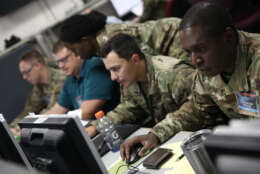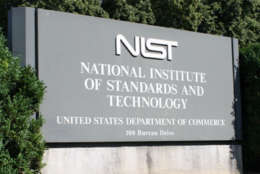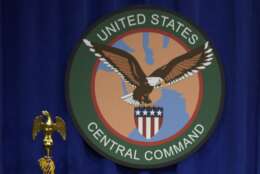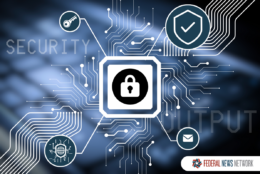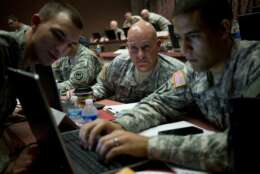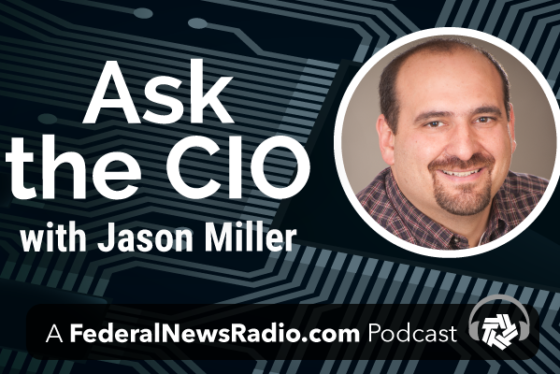Cybersecurity
-
The department looks to replace an adversarial, check-the-box mentality around cyber readiness with one that actually helps commanders manage their risk.
February 28, 2024 -
While some incidents need to be elevated to the CISO, allowing SOC analysts to take actions during lower-level incidents can prevent them from escalating.
February 27, 2024 -
The cybersecurity industry has never had an incentive to create products that are interoperable.
February 27, 2024 -
To keep pace with the volume of data flooding security operations centers, analysts must rely on AI and automation, says the DoD/IC chief technology officer.
February 26, 2024 -
The latest version of NIST's Cybersecurity Framework includes new information on governance, supply chain risks and more.
February 26, 2024 -
The proposed rules would also require ICT contractors to report a cyber incident to the government within eight hours.
February 22, 2024 -
CENTCOM is paving its own data narrative with a new strategy while moving closer to Combined Joint All-Domain Command and Control.
February 21, 2024 -
CISA says the free logging will make it easier for agencies to identify and address cyber incidents.
February 21, 2024 -
Contractors are wary of the latest proposed rule giving DoD access to their IT systems. It is part of an effort to improve cybersecurity with incident reporting and information sharing. Another rule would impose new requirements on contractors unclassified systems.
February 21, 2024 -
The Cybersecurity and Infrastructure Security Agency is introducing a new strategic approach for 2024 called the Federal Enterprise Operations Cyber Alignment Plan.
February 21, 2024 -
Jane Rathbun, the Department of the Navy CIO, said two “Cyber Ready” pilots are demonstrating how to move away from the Risk Management Framework
February 16, 2024 -
Rep. Nancy Mace (R-S.C.) is concerned about a recent GSA IG report that found GSA bought 150 videoconference cameras manufactured in China
February 16, 2024 -
Between constant ransomware and medical device software scares, the health care sector has become a scary place for cybersecurity. Now the Health and Human Services Department HHS) is asking organizations in the health care sector to adopt what it calls "high-impact cybersecurity practices."
February 15, 2024 -
Because technology changes, cybersecurity threats change, which means cybersecurity practitioners must keep moving to stay on top of their game.
February 15, 2024 -
Zero trust cybersecurity is on everyone's mind these days, who is responsible for an information system.
February 12, 2024

